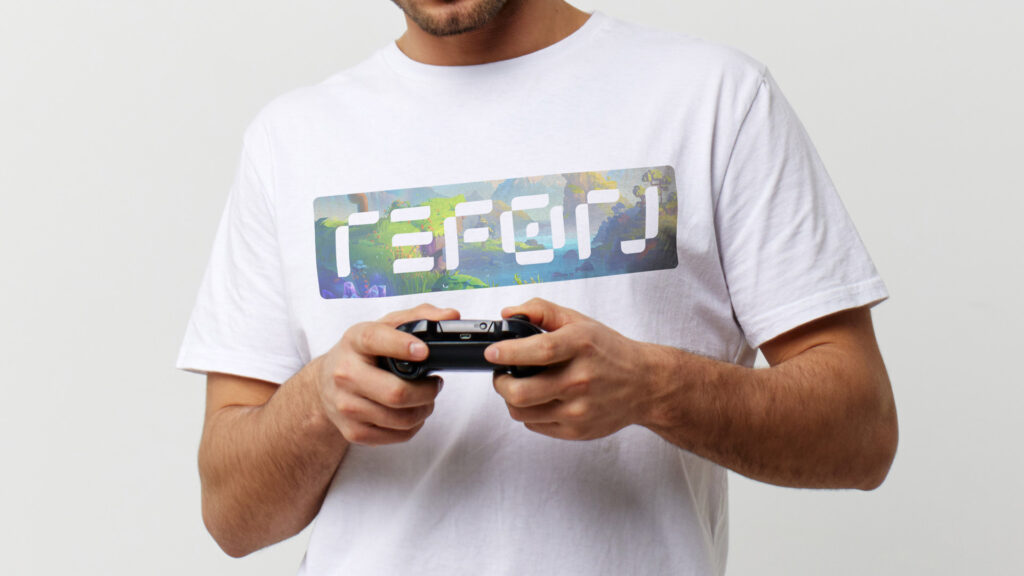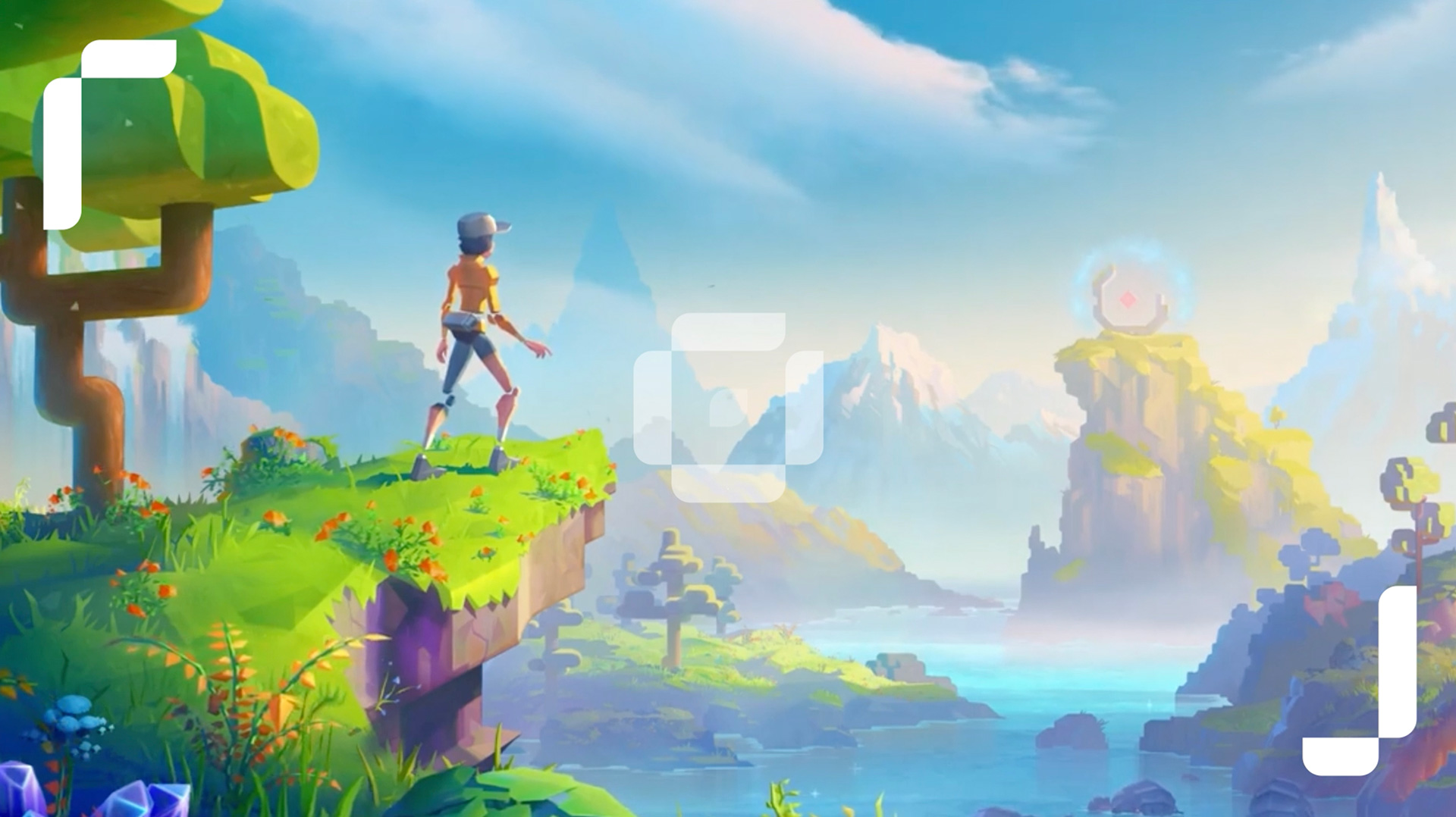Lessons from the Industry
Gaming isn’t just about mechanics, code, or pixels. Even the most successful titles prove that getting the branding right is critical in a game’s legacy. Whether it’s an indie breakthrough or a massive multiplatform blockbuster, the best gaming brands not only sell copies but they organically build communities, become part of culture and live way beyond the screen.
So, what separates a forgettable launch from a franchise that fans adopt as part of their identity? Let’s explore the elements of branding in the gaming industry that stand the test of time.
1. Story First, Always
Every strong game brand begins with a story, it’s the heartbeat of the brand.
It’s the starting point for the proposition and how it makes people feel – then subsequently how it is marketed.
When branding aligns with narrative, you don’t just sell entertainment. You sell a sense of belonging. The brand becomes shorthand for an entire world of values, aesthetics, and experiences. For agencies, this means digging beneath mechanics and finding the human themes that will resonate.
2. Identity That Extends Beyond the Screen
A game logo or title treatment is only one small part of the identity. In reality, identity is about flexibility: can the brand adapt across every touchpoint without losing recognition?
Streaming platforms: Your logo needs to hold up at a tiny scale in Twitch overlays, thumbnails and avatars.
Merchandising: A strong identity should work on clothing, posters, vinyl sleeves, or collector’s editions.
Crossmedia expression: If a game becomes a comic, a series, or an event, does the brand have the depth to travel?
The goal is to create a visual and verbal language that can stretch without breaking.

3. Fans as CoCreators
In gaming, audiences aren’t passive. They modify, they stream, they create art, they share lore. Fans actively shape and evolve the brand story.
The most successful game brands lean into this. They provide creative assets, encourage sharing, and celebrate fan contributions. By doing so, they turn audiences into ambassadors. This co-creation strengthens the brand, embedding it into culture in ways marketing budgets will never be able to replicate.
4. Consistency Creates Immersion
Branding isn’t just what players see in a trailer. It’s all communications from the copy in your patch notes, the tone in your community posts, to the look of your update announcements. If any of these break character, the illusion cracks.
That’s why detailed brand guidelines matter. They protect the tone of voice, the colour palette, the typography, and the personality. Consistency ensures that every touchpoint feels like part of the same world and that immersion is never broken.
5. Evolution as Longevity
Even iconic games can’t stand still. To remain relevant, branding has to evolve while holding onto its essence. That evolution could mean refreshed visuals, extended story arcs, or new formats. But the anchor of the brand’s core idea remains the same.
The challenge is balance: adapt enough to stay fresh, but not so much that fans feel the heart of the brand has been lost.
6. The Role of Agency Partnership
For studios, building a brand internally can be overwhelming. A creative agency acts as a partner in shaping not just the look of a game, but the human feeling behind it. Agencies provide the external clarity needed to connect the dots between story, visuals, and community.
By guiding the process through discovery, strategy, design and activation, an agency ensures that the brand grows as strong as the game itself.
The Takeaway
Games branding is about more than marketing. It’s about crafting worlds that resonate, building identities that flex across mediums, and empowering fans to become brand builders themselves. Done right, your game won’t just launch. It will live, thrive, and embed itself in culture for years to come.



